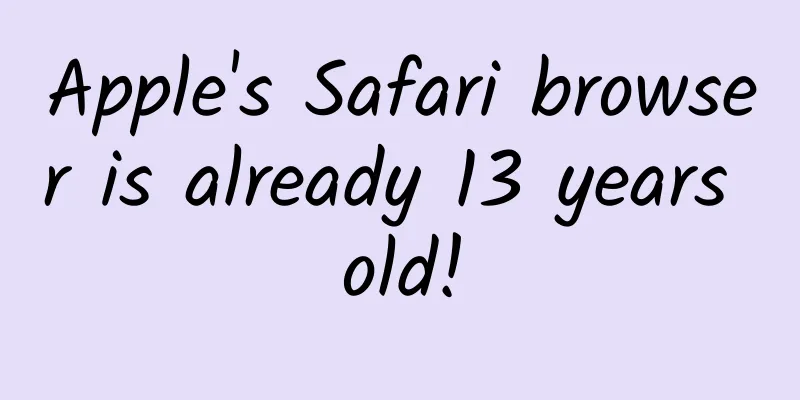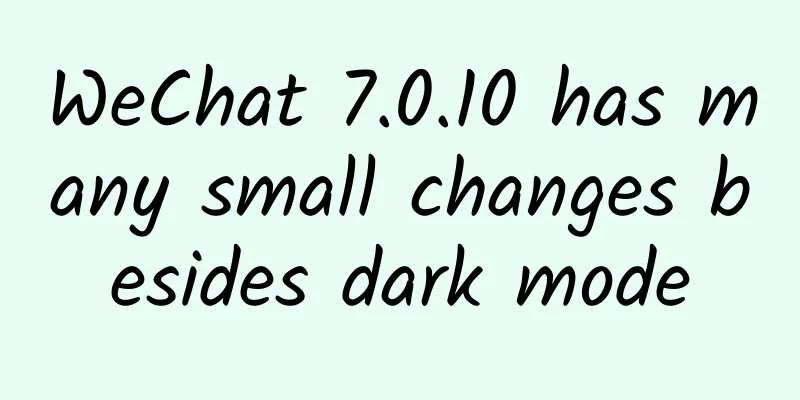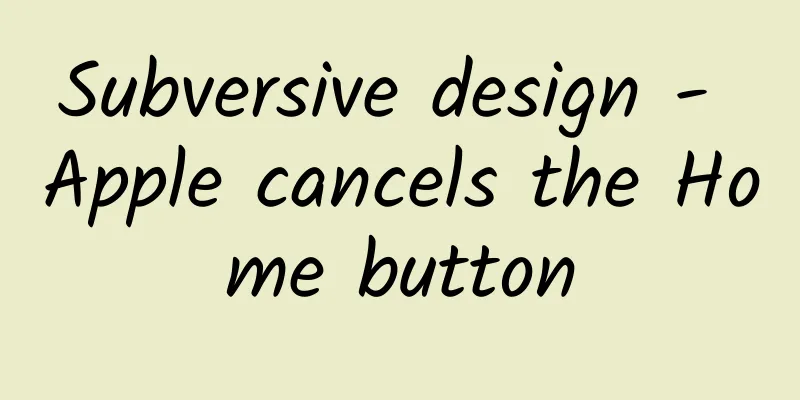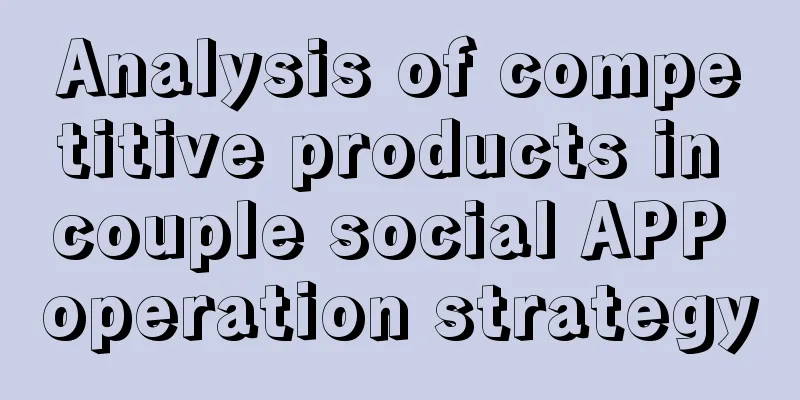Apple's Safari browser is already 13 years old!

|
In 2003, Apple released Safari, the "fastest web browser ever built", for the Mac. Four years later, it brought a new mobile browser experience to the iPhone. The emergence of Safari seemed to lag behind the development of HTML. The years of war between Microsoft and Netscape/Mozilla gave rise to corresponding browser engines and imposed certain restrictions on the emergence of new competitors.
Jobs said: "We've built the first all-new browser in many years, bringing innovation back to the field." Return to open web standardsLaunching its own browser has won Apple important influence with users, increased the interest of other browser manufacturers in providing support for the Mac platform, and given Apple greater control over the direction of Web standards. Apple not only launched its own browser application, but also developed a unique WebCore browser engine (based on a branch of the existing KHTML open source project) to compete with Microsoft's Trident and Mozilla's Gecko. The company is committed to opening up complete web standards, rather than the proprietary web extensions favored by Microsoft, to allow developers to be more consistent and fair. In 2008, WebKit became the first browser engine to fully pass the Acid3 rendering test. Owning this key technology allowed Apple to adopt HTML5 as an open option ahead of the curve (web apps and videos require proprietary middleware such as Adobe Flash or Microsoft Silverlight). One of the core features of HTML5 is Canvas. Apple contributed this patented technology for free to accelerate the development of the open network, which obviously also cost Microsoft and Adobe a certain price.
Safari on iPhone (2007). A large open source projectSafari's WebCore and JavaScript core libraries (both derived from KHTML) have always been open source. In 2005, Apple announced that it would open the entire browser implementation to the community. The resulting WebKit allowed other manufacturers to quickly launch their browsers. Nokia made an effort and brought WebKit to its mobile platform, while Google launched the Chrome browser for Windows platform, taking precedence over Mozilla's IE replacement. Apple initially maintained a port of Safari for Windows PCs, but eventually discontinued the project as Google and other developers took over the maintenance of WebKit on the Windows platform. In 2007, Apple launched the Safari browser for the first generation iPhone, which used the same WebKit engine and supported multi-touch interaction. Jobs said: "We wanted to have the best web browser on a phone, so we picked the best browser in the world, Safari. We put it on the iPhone - it's the first fully usable browser on a phone." Since Apple subsequently brought WebKit to the Android platform, the browser engine led by Apple soon had an overwhelming competitive advantage over the PC desktop platform and dominated the mobile browser market. |
<<: New Wi-Fi technology is available that's better suited for smart homes
>>: 11 Predictions for Web Design Trends in 2016
Recommend
Hearty's six-week English writing course for postgraduate entrance exams
Those preparing for CET-8, those preparing for po...
How to write a marketing plan?
In the process of making the annual promotion pla...
How to use coupons for promotion, here are 4 tips for you!
Coupons are the most commonly used tool in our op...
What are the functions of the WeChat restaurant ordering mini program? How much does the WeChat food ordering app cost per year?
With the continuous development of the Internet, ...
What’s the matter with Beijing issuing six new regulations? Beijing issued six new regulations
Notice of the Beijing Novel Coronavirus Pneumonia...
Microsoft is reportedly testing compatibility with Android apps on Windows 10 phones
On March 30, Microsoft was reportedly testing sof...
Common properties for Android development
1. Add spaces between text in android string.xml ...
2019 Alipay product operation analysis!
1. Product Overview 1.1 Product Introduction Prod...
How to make an executable plan to attract new users?
What should you do when the KPI indicator is &quo...
B2B companies, how to operate private domain traffic
This article starts from how B2B uses hot spots t...
Node.js 4.0.0 is here, ECMAScript 6 is back
The latest upgraded version of server-side JavaSc...
The digital RMB has started trial operation, and Jack Ma also supports it. Digital currency may become a future trend
introduction Since 2019, a new payment method, di...
Traffic generation and promotion: Are there any better ways to generate traffic on the entire network?
There are dozens of drainage methods online. Can ...
Methodology for information flow delivery in wedding photography, food and other industries!
The information flow master who has been in the i...
Analysis of short video advertising materials!
1. A huge material consumption machine In early 2...









